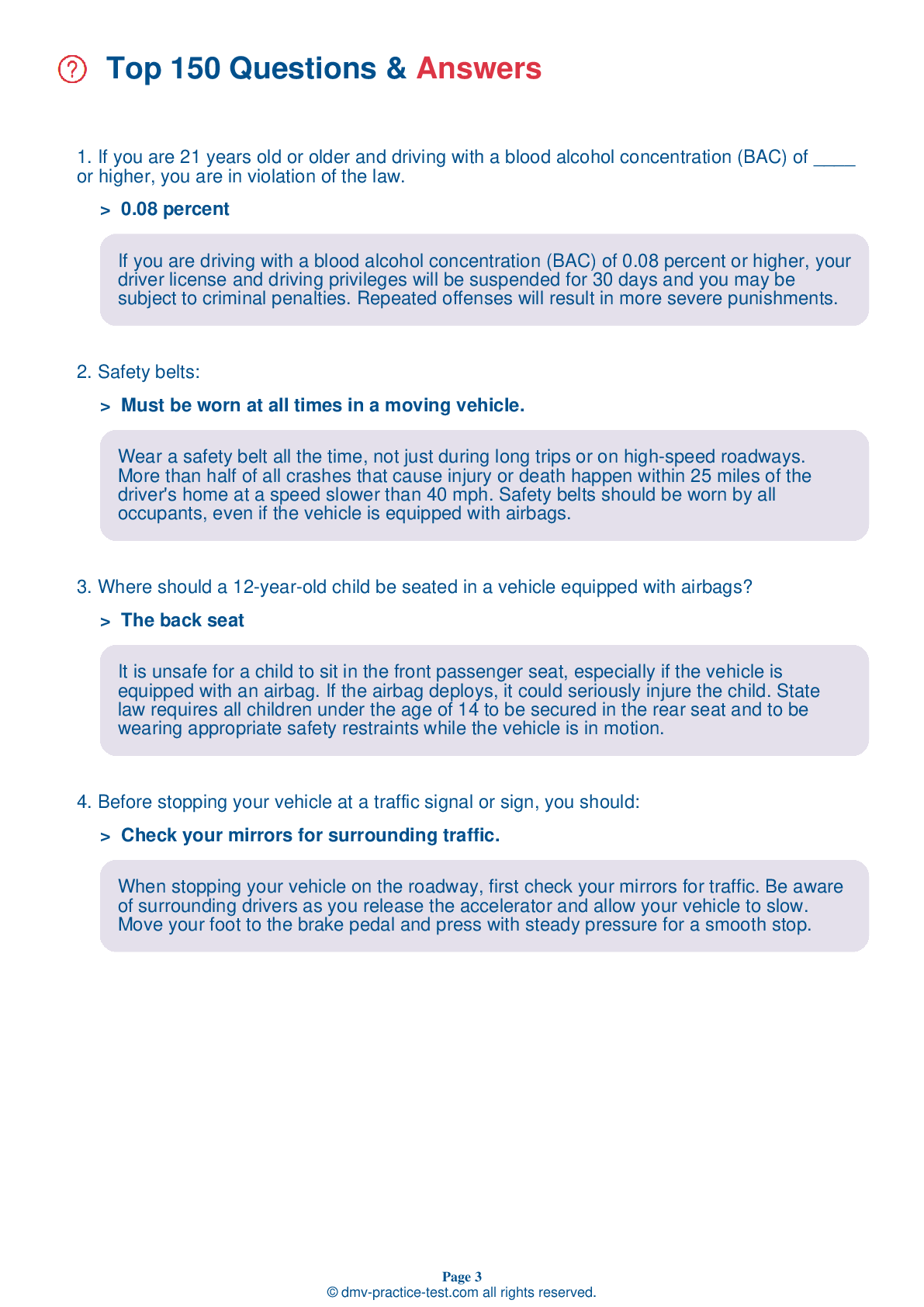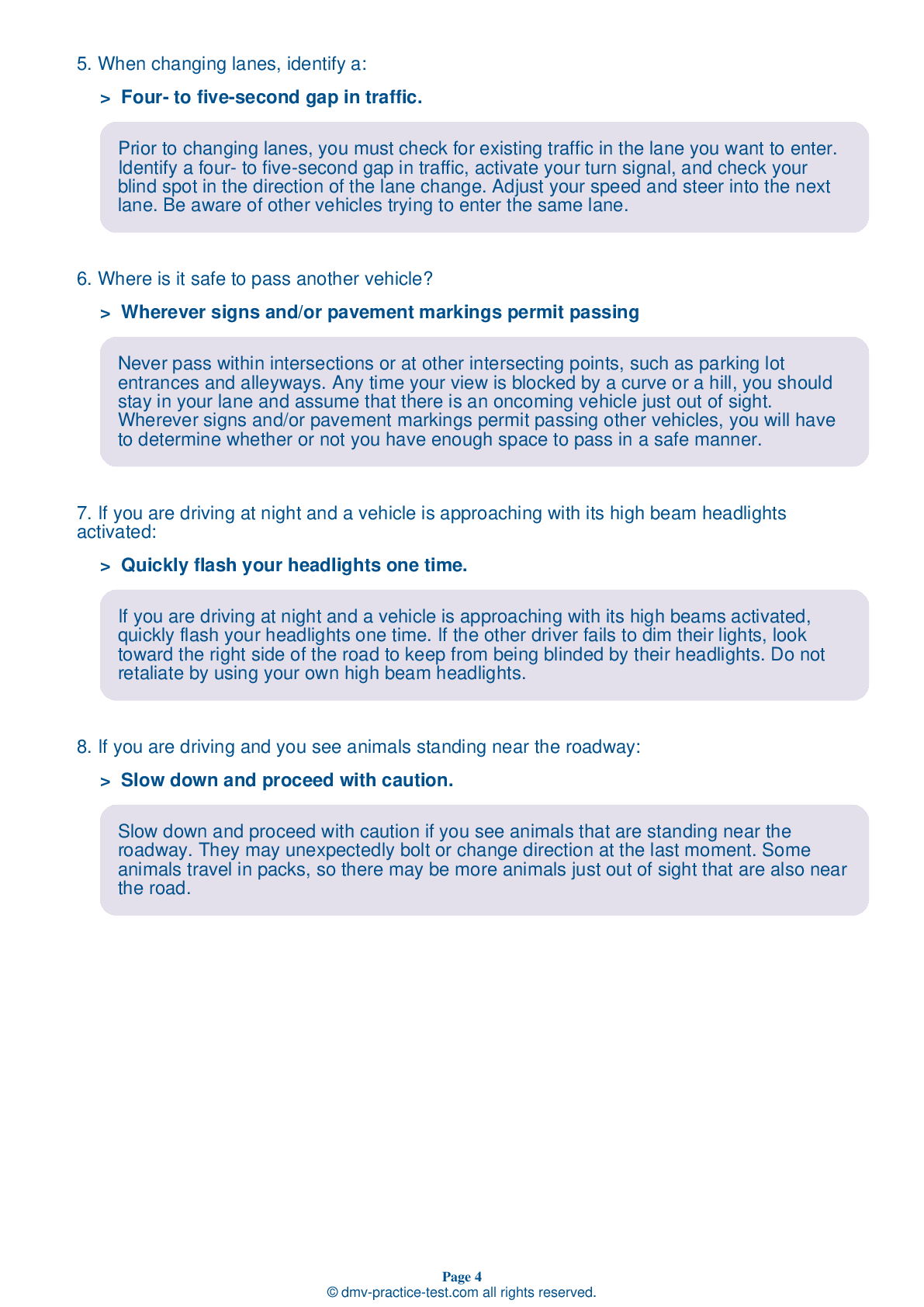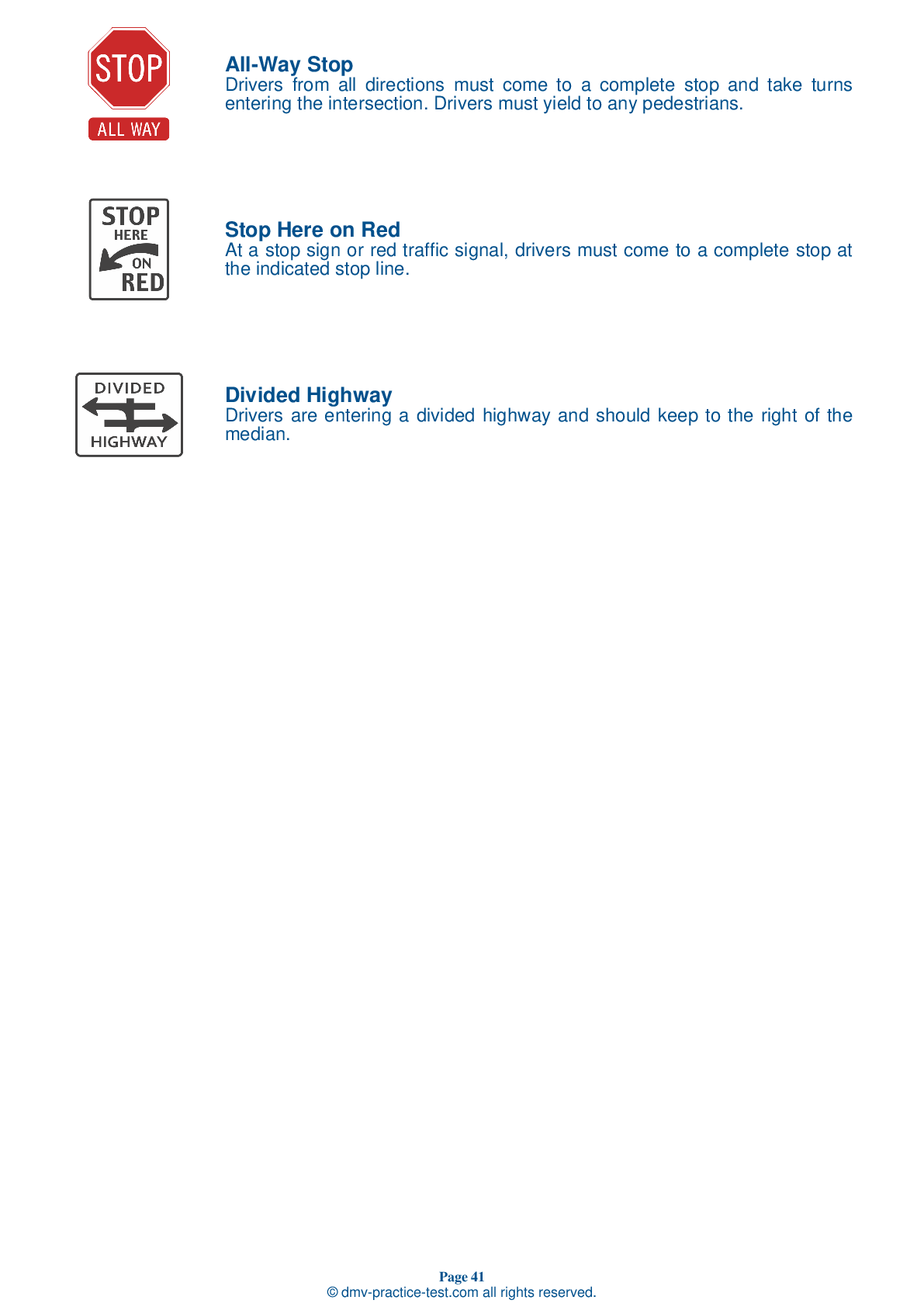FREE Kansas DMV Practice Test #5 Page 3 of 3
In Kansas, the DMV practise tests have been revised for January 2025. It includes questions based on the Kansas Driver Handbook's most essential traffic signals and regulations for 2025. Use actual questions that are very similar (often identical!) to the DMV driving permit test and driver's licence exam to study for the DMV driving permit test and driver's licence exam.
On the practise exam, each question gets a tip and explanation to help you remember the concepts. The written component of the official Kansas DMV test will include questions about traffic rules, traffic signs, and driving statutes, as well as information from the Driver Handbook.
To obtain a passing grade, you must correctly answer 20 of the 25 questions. Take our DMV practise exam to help you prepare for your Kansas instruction permit or driver's licence.
The DMV exam is available in several languages.
Using any kind of testing assistance will result in an automatic fail, and the DMV may take additional action against your driver's licence, so stay away from it.
17 . This sign is used to warn drivers that:
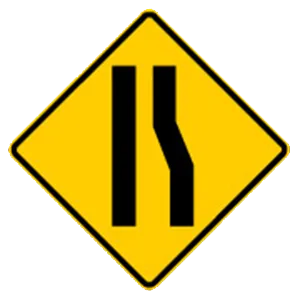
Warning signs are usually yellow with black markings. They alert you to conditions that are immediately ahead. This sign warns drivers that the number of lanes is reduced ahead and that traffic should merge left.
18 . If the rear of your vehicle is skidding to the left, you should:
If you begin to skid on a wet or icy road, take your foot off the accelerator, stay off the brakes, and turn your steering wheel in the direction of the skid. However, if you have anti-lock brakes, you should apply your brakes firmly and steer straight ahead.
19 . This sign means:
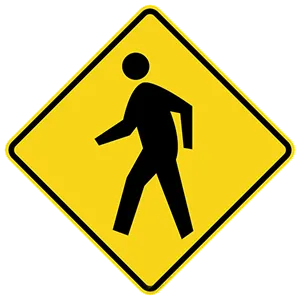
Warning signs are usually yellow with black markings. This sign alerts drivers to where pedestrians may be crossing. If a pedestrian is crossing in a crosswalk marked with this sign, drivers must stop and remain stopped until the pedestrian is no longer in the crosswalk.
20 . Using a cell phone while operating a motor vehicle is considered a distraction because:
Using a cell phone while driving is dangerous because it occupies the user's eyes, hands, and mind. Even the most skilled drivers increase their risk of being involved in a crash by using a cell phone on the road.
21 . You are coming to an intersection with a flashing red light. You should:
A flashing red traffic light means the same thing as a stop sign. You must come to a complete stop, yield to other traffic and pedestrians, and then proceed when it safe to do so.
22 . This road sign means:
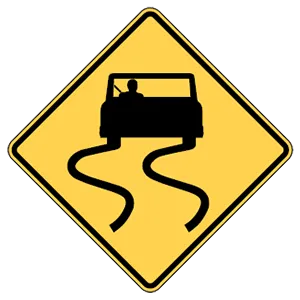
Warning signs provide notice to road users of a situation that might not be readily apparent and are usually yellow with black markings. This sign warns drivers to be careful when driving under wet conditions as the pavement will become slippery and more difficult to navigate safely.
23 . Drivers turning left must yield to:
Drivers making a left turn must yield to all vehicles approaching from the opposite direction. This includes bicycles and motorcycles.
24 . Yellow lines separate:
Yellow lines mark the center of a road used for two-way traffic. A solid yellow centerline indicates that drivers may not cross the line to pass. A broken yellow centerline indicates that drivers may cross the line to pass, but only if passing would not interfere with traffic.
25 . If the driver of an oncoming vehicle fails to dim their headlights:
If an oncoming driver fails to dim their headlights, look toward the right side of the road. This will keep you from being blinded by the other vehicle’s headlights and allow you to see enough of the road to stay on course. Do not try to retaliate by keeping your bright lights on.
See the exact questions that will be on the 2025 Kansas DMV exam.
99.2% of people who use the cheat sheet pass the FIRST TIME
LT gives us an insight on how the cheat sheet provided her with all the study questions she needed before taking her test.
Joe initially studied with the handbook and failed his test, he eventually found us online, studied and pass his test the first time around.

